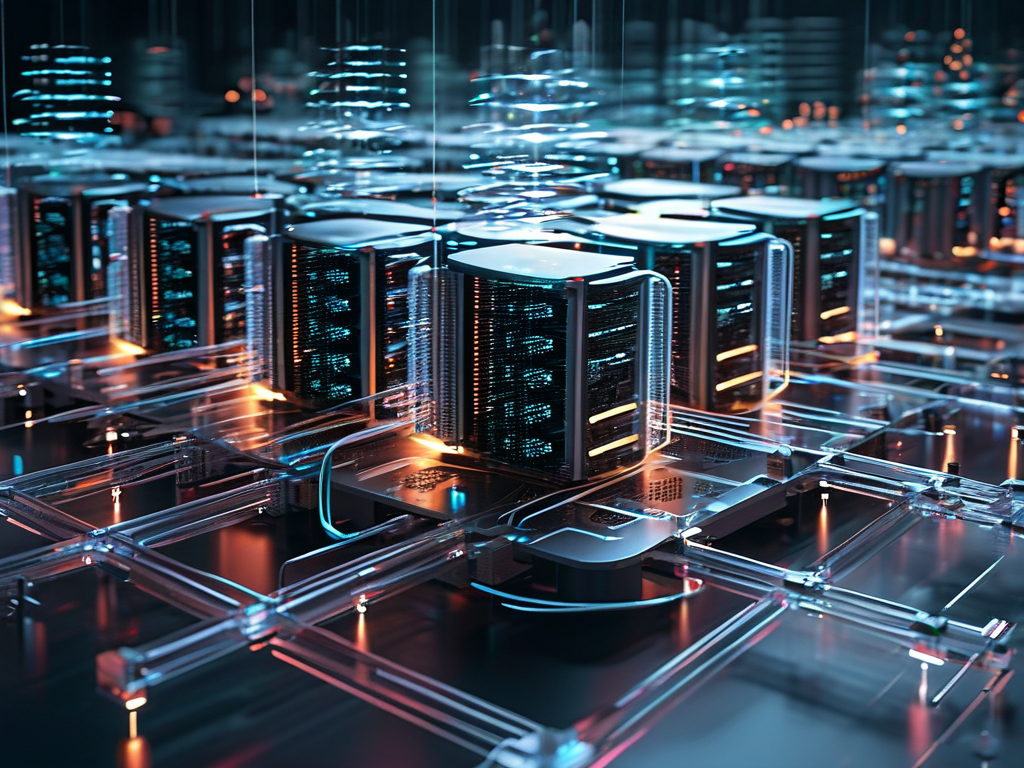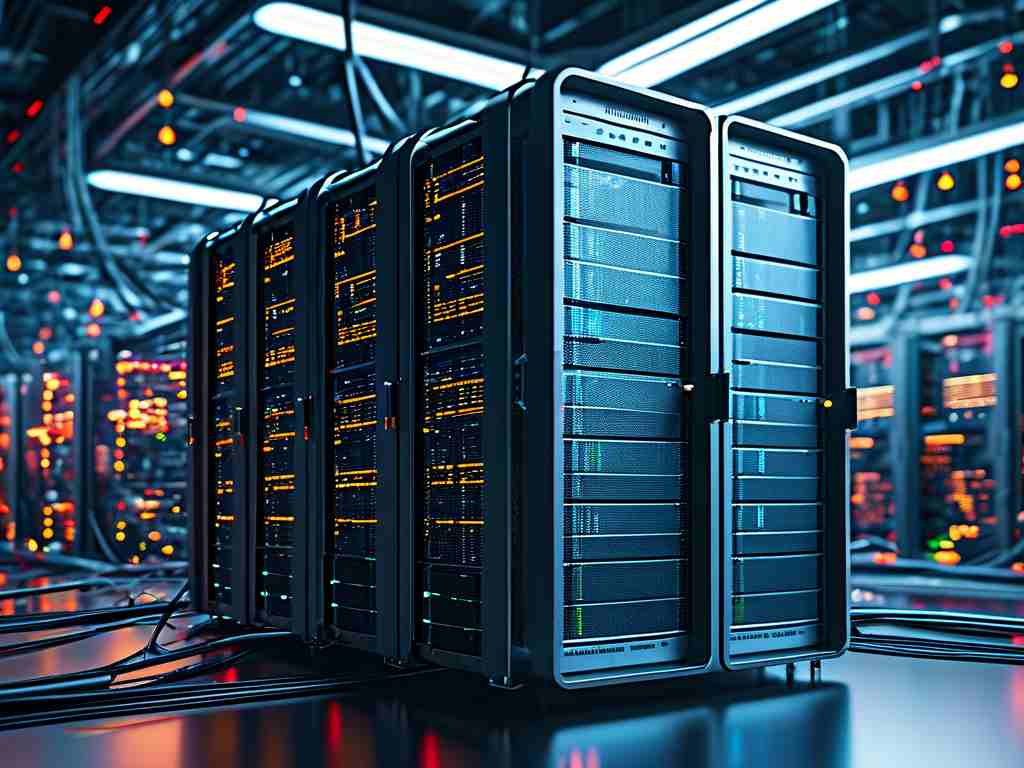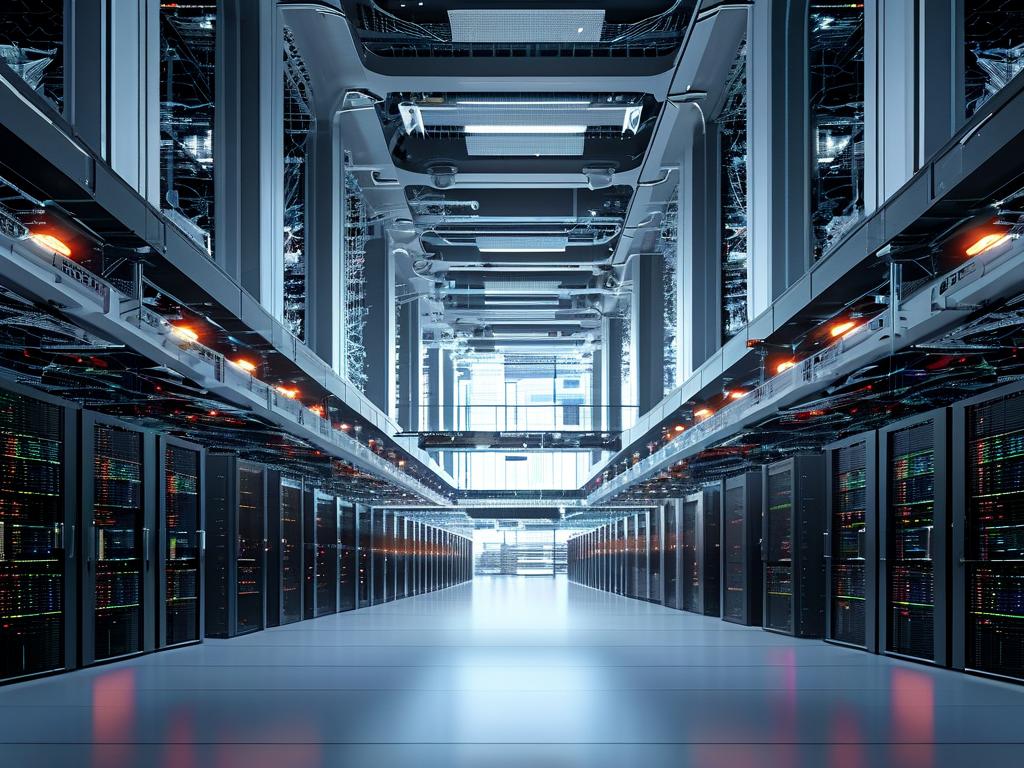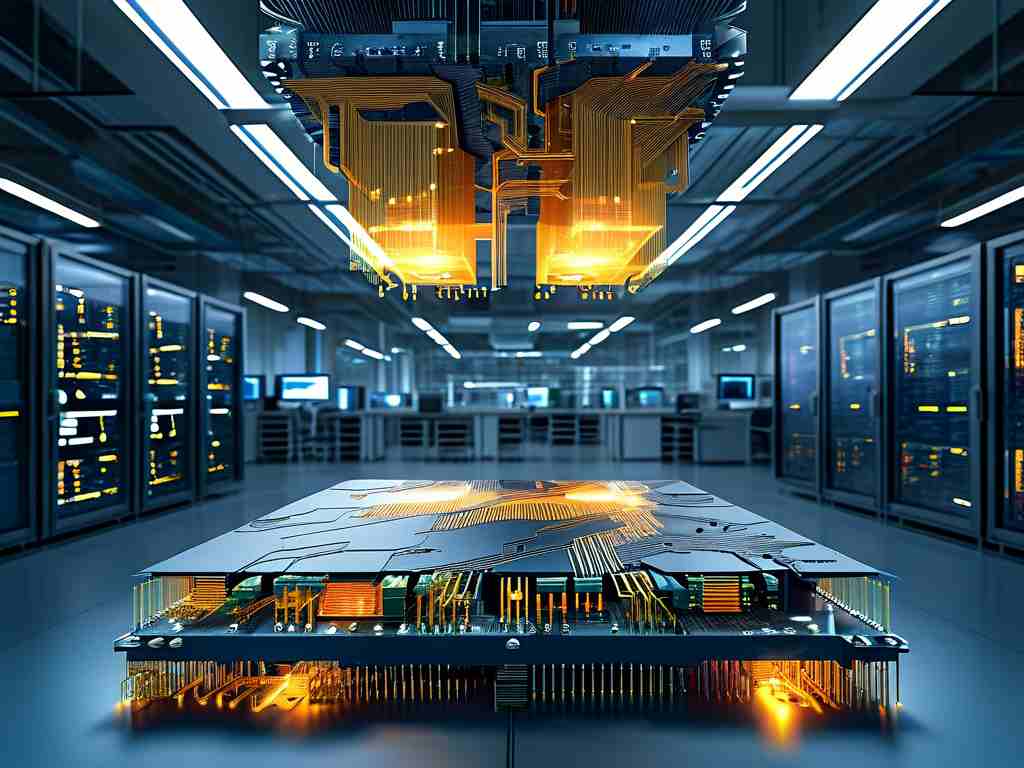The rapid evolution of artificial intelligence (AI) workloads demands computational frameworks that balance speed, scalability, and energy efficiency. At the heart of this transformation are AI accelerator-supported distributed computing architectures, which combine specialized hardware with advanced software orchestration to tackle complex tasks. This article explores prominent architectures in this domain and their technical underpinnings.

The Role of AI Accelerators in Distributed Systems
AI accelerators—such as GPUs, TPUs, and FPGAs—are engineered to handle matrix operations and parallel computations inherent in machine learning models. When integrated into distributed systems, these devices enable horizontal scaling across multiple nodes, reducing training times for large neural networks. For instance, Google’s TPU Pods leverage thousands of interconnected tensor processing units to train models like PaLM efficiently, achieving near-linear scalability.
Key Architectures and Their Implementations
1. Hierarchical Parameter Server Architectures
This model uses a central parameter server to synchronize gradients and weights across worker nodes. NVIDIA’s DGX SuperPOD exemplifies this approach, combining A100 GPUs with NVLink interconnects to minimize communication bottlenecks. Developers often implement custom load-balancing algorithms to optimize data sharding and reduce latency during backpropagation.
2. Mesh-Based Compute Fabrics
Startups like Cerebras Systems employ wafer-scale engines to create a mesh of compute cores on a single silicon substrate. Their CS-2 system integrates 850,000 cores optimized for sparse tensor operations, enabling distributed training without traditional network overhead. Such architectures excel in scenarios requiring low-latency inter-core communication, such as reinforcement learning.
3. Federated Edge Computing Frameworks
For privacy-sensitive applications, federated learning architectures distribute model training across edge devices while keeping data localized. Qualcomm’s AI Stack incorporates Snapdragon accelerators to enable on-device training, using secure aggregation protocols to merge updates. A code snippet demonstrating federated averaging might look like this:
# Simplified federated averaging example
global_model = initialize_model()
for round in range(num_rounds):
client_updates = []
for client in selected_clients:
local_update = train(client_data, global_model)
client_updates.append(local_update)
global_model = aggregate_updates(client_updates)
Communication Protocols and Optimization
Efficient data exchange remains critical in distributed AI systems. RDMA (Remote Direct Memory Access) over Converged Ethernet (RoCE) has emerged as a preferred protocol for GPU clusters, achieving latency below 5 microseconds. Meanwhile, frameworks like Horovod employ ring-allreduce algorithms to optimize gradient synchronization, as shown in this MPI-inspired snippet:
horovod_init(); MPI_Comm_rank(MPI_COMM_WORLD, &rank); hvd_allreduce(tensor, compressed_gradients, MPI_FLOAT);
Challenges and Emerging Solutions
Despite advancements, thermal management and fault tolerance persist as hurdles. Researchers are exploring liquid-cooled rack designs and checkpointing strategies using differential snapshots. The latest PCIe 6.0 specification addresses bandwidth limitations, supporting 256 GB/s bidirectional throughput—a 4x improvement over PCIe 4.0.
Future Directions
Quantum-inspired annealing architectures and photonic interconnects represent the next frontier. IBM’s Quantum Heron processors, though not classical AI accelerators, demonstrate hybrid potential for optimizing distributed reinforcement learning policies. Meanwhile, silicon photonics startups like Lightmatter aim to replace electrical traces with optical links, potentially revolutionizing inter-accelerator communication.
AI accelerator-powered distributed architectures continue to redefine computational boundaries across industries. From hyperscale data centers to autonomous vehicle fleets, these systems blend cutting-edge hardware with intelligent resource management. As heterogeneous computing becomes mainstream, developers must master both accelerator-specific optimizations and distributed system fundamentals to harness their full potential.









